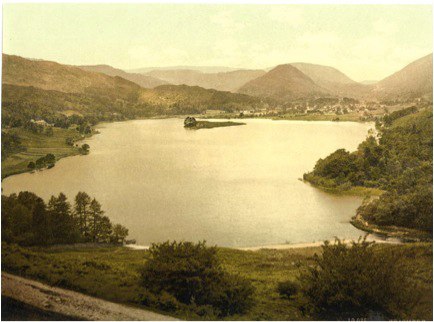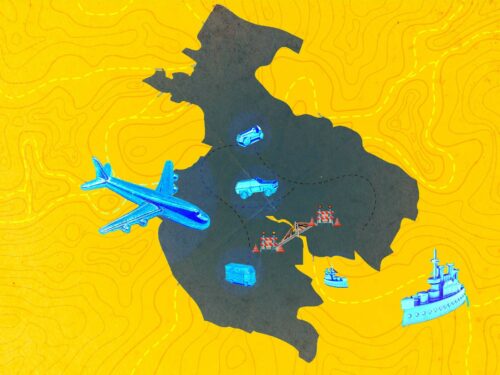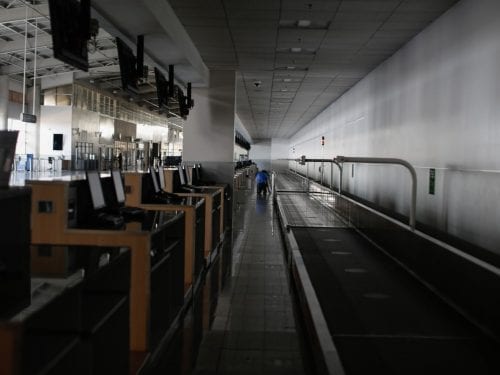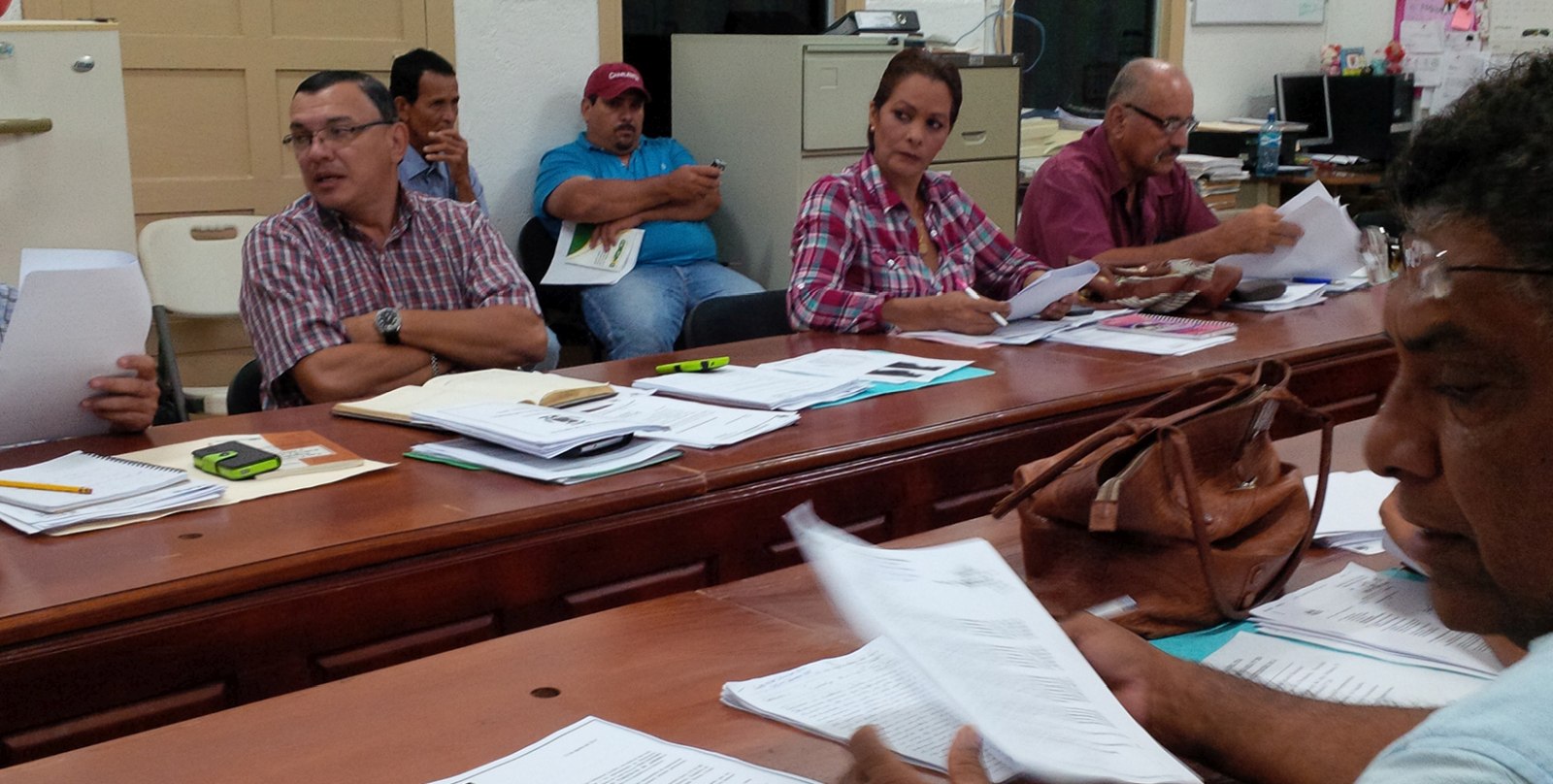
Two weeks my blog topic was maintaining and expanding Nosara’s market niche. I continue this discussion this week with more context and detail.
Perhaps a good place to begin is Ambleside in England’s Lake District. That unspoiled landscape was poised as western civilization marked the demise of the wilderness and the birth of modern times. It was a place and a moment in history when government, commerce, the arts and sciences began to converge, introducing an idealized vision of mechanization and the industrial age. William Wordsworth, in 1844, opposing the construction of a railway into the Lake District, published a sonnet — “On the Projected Kendal and Windermere Railway”—beginning with the line, “Is there no nook of English country secure/From rash assault?” Soon after, writing to the editor of the Morning Post, “the staple of the country is its beauty,” fearing that the railway would destroy the very thing it was being built to serve.
An answer to these arguments came from a very democratic U.S. Ambassador to the Court of St. James, Edward Everett, one of the most eloquent men of his times, declaring,
“The quiet of a few spots may be disturbed, but a hundred quiet spots are rendered accessible. The bustle of the station house may take the place of the Druidical silence of some shady dell; but Gracious Heavens? Sir, how many of these verdant cathedral arches, entwined by the hand of God in our pathless woods, are opened to the grateful worship of man by these means of communication!”
Everett added that the railroad put the seashore and mountains
“within the reach, not of a score of luxurious, sauntering tourists, but of the great mass of the population, who have senses and tastes as keen as the keenest. You throw it open, with all its soothing and humanizing influences, to the thousands who, but for your railways and steamers, would have lived and died without having breathed the life-giving air of the mountains.”
When leisure travel first appeared, it was strictly upper class, if not royal class. Extravagant country estates in England, France and Italy were constructed as roads improved, travel time shortened, comfort and security upgraded. Seasonal patterns and host-guest traditions emerged that evolved into the Grand Tour and holiday weekends of feasts, banquets, jousts and tournaments, fairs, games and sports, hunting and hawking. As wealth expanded to the merchant, then working classes, luxury goods, commercial hospitality and a new appreciation for the sublime created travel fever by the late-18th century.
Travel 2.0 began with the advent of steam so that ships could move against the current and carriages on rails, opening the door to mass tourism and the seaside resort, expanded a century later by the family car, color photography and self-service accommodation. Today’s version is the inclusive resort (We have more than 100 such destinations here in Guanacaste) and the cruise ship, each berthing hundreds, indeed thousands of holidaymakers at one time.
The Nosara of nearly four decades ago was one of the pioneer destinations of Travel 3.0 that began with Earth Day and the United Nations Environment Programme in 1972, then graduating into an eco-tourism market niche.
Those who study the sociology of tourism focus on people rather than places. “What a few may enjoy in freedom the crowd necessarily destroys for itself,” remarked one scholar’s allusion to Wordsworth. In essence, the literature divides those who enjoy crowded sociability and conviviality with those who seek romantic solitude and pristine environments.
We can now see this transformation in places to our north and south—once with quiet seaside casitas for getaways—into a mass tourism resorts with congestion, noisy nightlife, a polluted seashore with significant water and sewage problems. By creating gated enclaves, the tourist at these developments sees only a manufactured landscape, avoiding the messiness of nature.
Travel 3.5 has emerged as a niche within a niche as the Boomer generation retires, as the Internet permits telework, as affluent families seek healthy environments to raise their kids. The wild Nosara of yore is no more, but it retains a sufficient commune with nature and freedom from congestion to offer a rare visitor and resident experience that combines convenience with peaceful, unsullied vistas and sufficient sociability for a resident and visitor population of mostly middle income college graduates.
Again and again I have seen once pristine places like North Carolina’s Outer Banks, the Dalmatian Coast, England’s seashore resorts or Florence in Tuscany descend into crowded, jostled staging grounds for mass tourism. A few get rich, the visitors take pictures for their Facebook pages and old peaceful residential neighborhoods become consuming places with little respect for domesticity or a ten o’clock music curfew.
Is it too much to say that Nosara is at the crossroads?
Establishing Travel 3.5 has been a slow, organic process with a minimum of leveraged speculative investment and a majority of owner-managed businesses and owner-occupied houses. If we move with the crowd, we will become too crowded. If we seek to avoid the crowd, be need to plan carefully while moving slowly and deliberately to manage growth. The future is in our hands, at the crossroads of vectors marked by crowded enthusiastic sociability or romantic solitude.
And…
Congratulations to Playa Pelada, now awarded, for the first time, Costa Rica’s two-star Ecological Blue Flag.







Comments